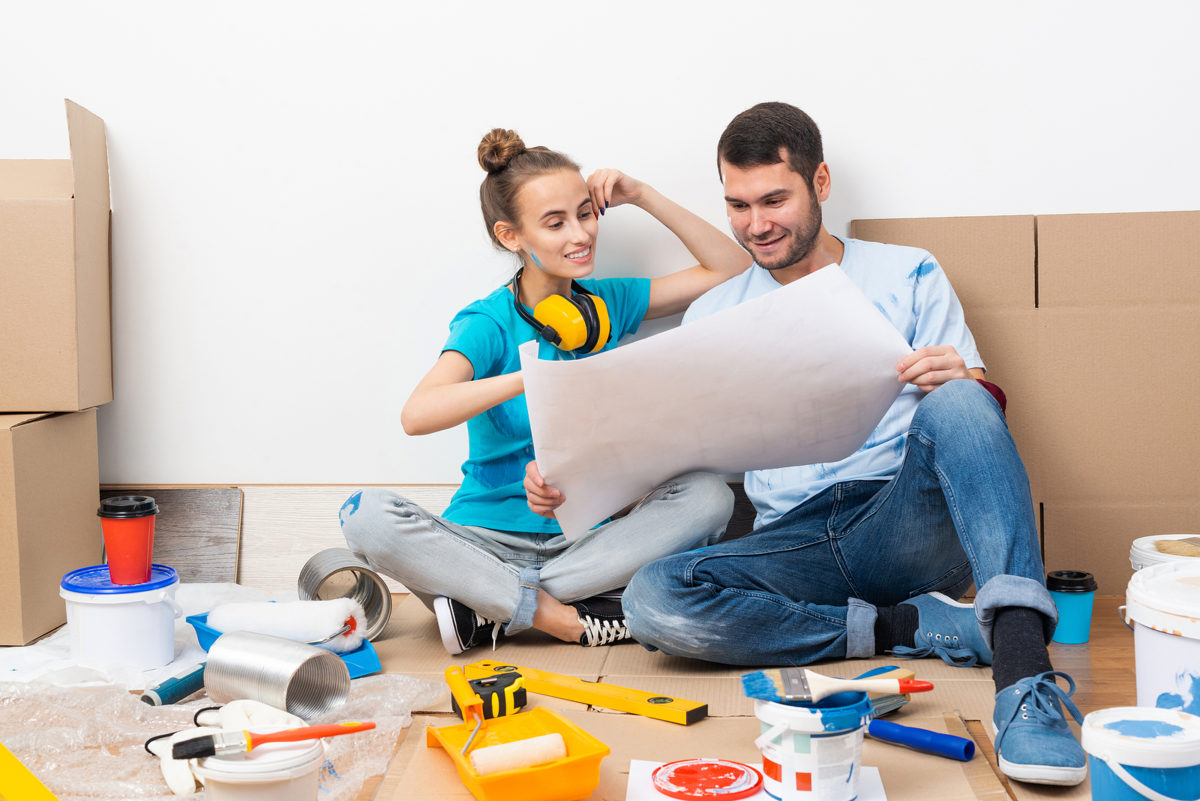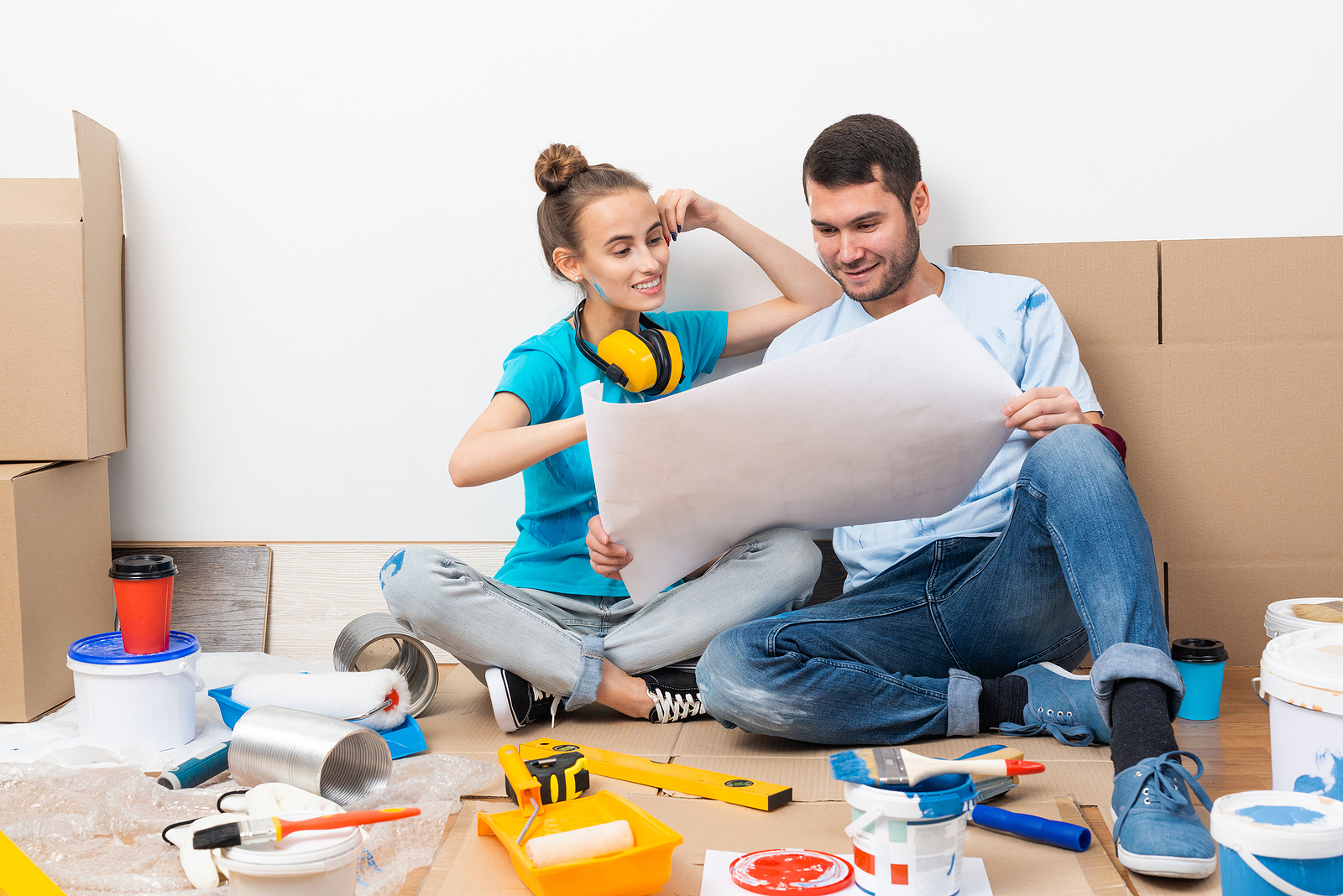That new car smell can’t hold a candle to that of a brand-new house. No lingering, nasty cooking odors, no doggy or baby smells and no third-hand smoke odors.
A new house is pristine and that’s what attracts many to new home developments – the ability to impose one’s own style on a clean canvas.
Before you get into the car to visit your local model homes, take a minute to bone up on the differences between buying new and existing homes and heed the following advice.
1. The Greeter
That nice person you meet when you walk into the builder’s on-site office isn’t an official greeter; he or she is the builder’s real estate agent. Her job is to get you excited about the project, help you tour the model homes and sign you up to purchase one.
During the time you spend with the agent you may be pressured to use his or her services in the purchase of the home.
A word of caution: don’t do it.
Sure, it seems more convenient. After all, this person is right in front of you and can help you purchase the home you just fell in love with and can do so now – as in, no waiting.
Although it may be legal in your state for this agent to represent both the builder and you, it isn’t wise to do so, and here’s why: Fiduciary duty.
A real estate agent has a legal obligation to perform certain tasks for his or her client. One of the agent’s fiduciary duties is loyalty – the obligation to act solely in the best interests of his or her client. The agent must do everything he or she can do to gain her client an advantage.
How does this work when the agent represents both sides, a situation that is known as “dual agency?” Although agents in states where dual agency is legal claim that it works, the situation flies in the face of an agent’s fiduciary duty.
In layperson’s terms, imagine your divorce lawyer claiming that it’s perfectly fine for her to represent both you and your soon-to-be-former spouse. Dual agency is dual agency, whether it’s an attorney doing it (which is illegal) or a real estate agent.
So, above all else, remember that this agent’s primary obligation is to the builder, not you.
Take the time to secure the services of your own real estate agent before viewing homes in the new development. When you arrive at the builder’s on-site office and sign in, there should be a space to list your agent’s name, so don’t neglect to do so.
Once the on-site agent sees that you’re working with another agent, the pressure will be off to sign with him.
2. The In-House Lender
Many new home developments are one-stop shops. It’s like being in a casino in Las Vegas. The whole place is set up so that you don’t have to leave for any reason – everything you need is right there.
The builder will most likely have an in-house or “preferred” lender and you may be pressured to use this lender. You may even be subtly given the impression that you must use this particular lender if you want to buy the home.
Don’t give into the pressure and don’t be deceived. You have every right to secure your own lending, independent of the builder.
In fact, you owe it to yourself to shop a number of lenders, in addition to the builder’s. Ask the builder’s lender for Loan Estimate. This form will list all the fees and costs of the loan being offered.
Since Loan Estimate was standardized a few years ago it’s much easier to use it to compare offers. If you have any questions when comparing the lenders’ Loan Estimates, ask your real estate agent or attorney for help.
You can find a copy of the Loan Estimate and an explanation on how to use it when shopping for a lender, on the Consumer Financial Protection Bureau’s website.
3. The Builder
Homeowners that defer maintenance of their homes are more common than we like to think.
Putting off repairs only allows problems to fester, and many of them do so in areas we can’t see, such as behind walls or beneath foundations. It can be frightening to the novice homebuyer to think of all the things that may go wrong after the sale is final.
A new home, they surmise, won’t have these problems. And, they are correct in this assumption – there are no deferred maintenance nightmares awaiting them.
There may be other problems, though, that a homebuyer should consider and guard against. Builders and subcontractors frequently take shortcuts, causing the very nightmare conditions the new homebuyer is hoping to avoid.
While your loan application is being processed, take some time to check the builder’s reputation. It’s a simple process but one that may save you from throwing your money away on a home with major problems.
- Start your research by checking the builder’s status with your local Better Business Bureau.
- Check public records at your county courthouse. Look for lawsuits against the builder.
- The experts at the National Association of Realtors suggest that you walk around the development if there are homeowners living there. Knock on some doors and ask the occupants if they’ve experienced any problems with the new home.
Finally, do have a professional inspect the home. It’s well known in the industry that even newly constructed houses can have problems.

















